
The avocado is a favorite PHD ingredient: it is a fatty subtropical fruit with a fatty acid profile similar to that of olive oil (only about 14% omega-6). Native to the Americas, its wild ancestor, a small, black-skinned berry, is still found in southern Mexico and Central America. The avocado has been cultivated since at least 10,000 BC, making it one of the first domesticated plants in the Americas. After the European colonization of America, it spread slowly: Wikipedia says it was introduced to Indonesia in 1750, Brazil in 1809, South Africa and Australia in the late 1800s, and the Levant only in 1908.
Like all agricultural crops, the avocado has undergone extensive breeding. Over 80% of supermarket avocados are Hass avocados, which descend from a single “mother tree” on the La Habra Heights, California farm of mail carrier Rudolph Hass. Hass patented his tree in 1935.
In addition to their excellent (grade B in our book) fatty acid profile, avocados are nutritious. They have 35% more potassium per unit weight than bananas, a diverse range of vitamins and minerals, and are fiber-rich: 78% of the carbohydrate in avocados is fiber, totaling 7 g of fiber per 100 g serving.
This chilled avocado soup is a great summer food. Because it is so fatty, it is best paired with low-fat foods, such as a white fish like halibut or cod, shellfish, and potatoes.
Here is the recipe. Happy holiday weekend, everyone!







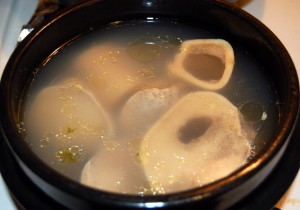
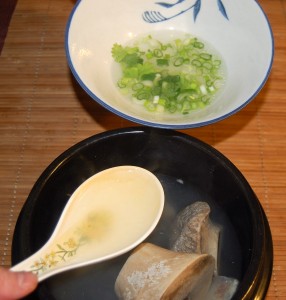
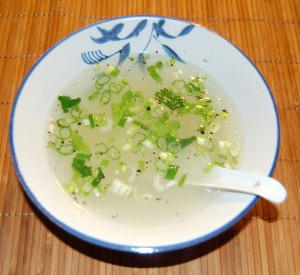
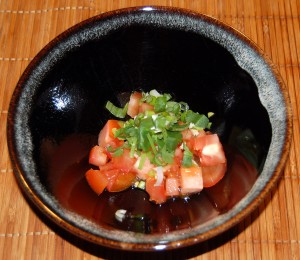
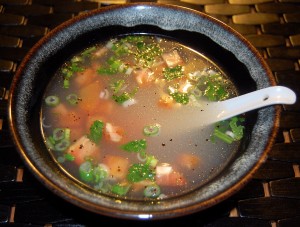
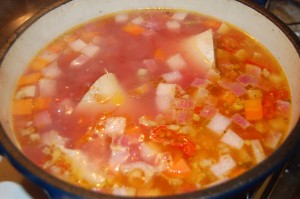
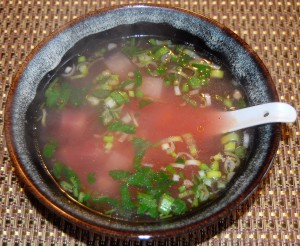
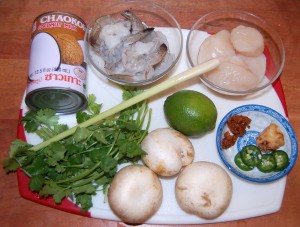
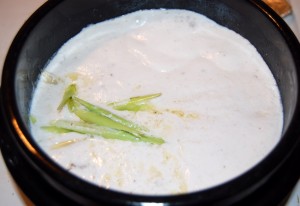
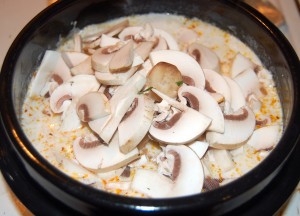
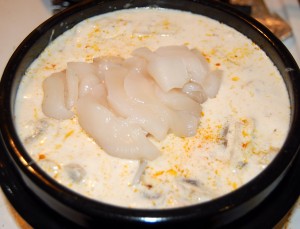
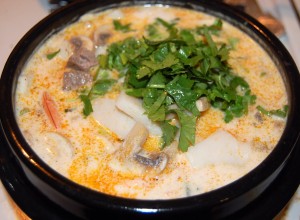
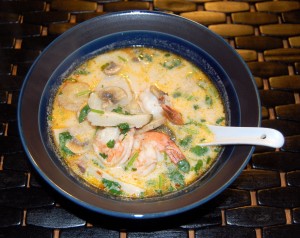
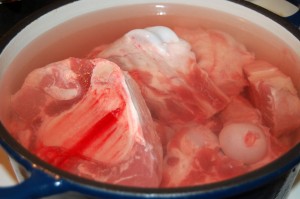
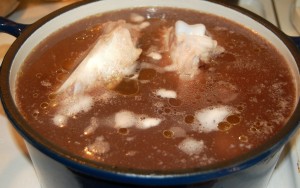
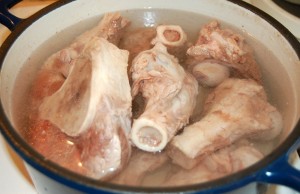

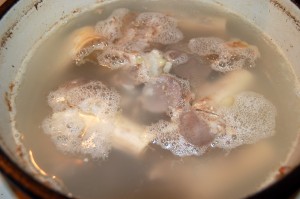
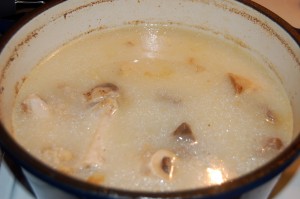
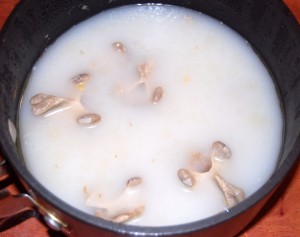
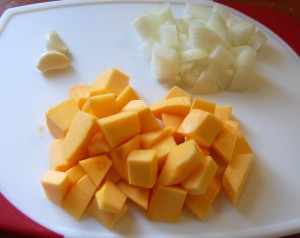
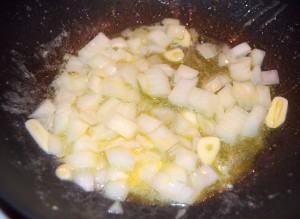
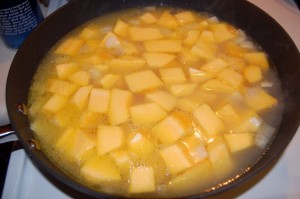
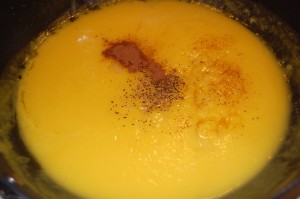
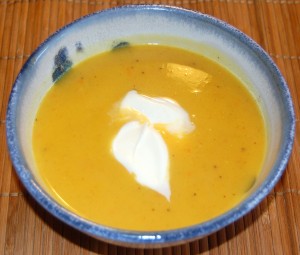




Recent Comments